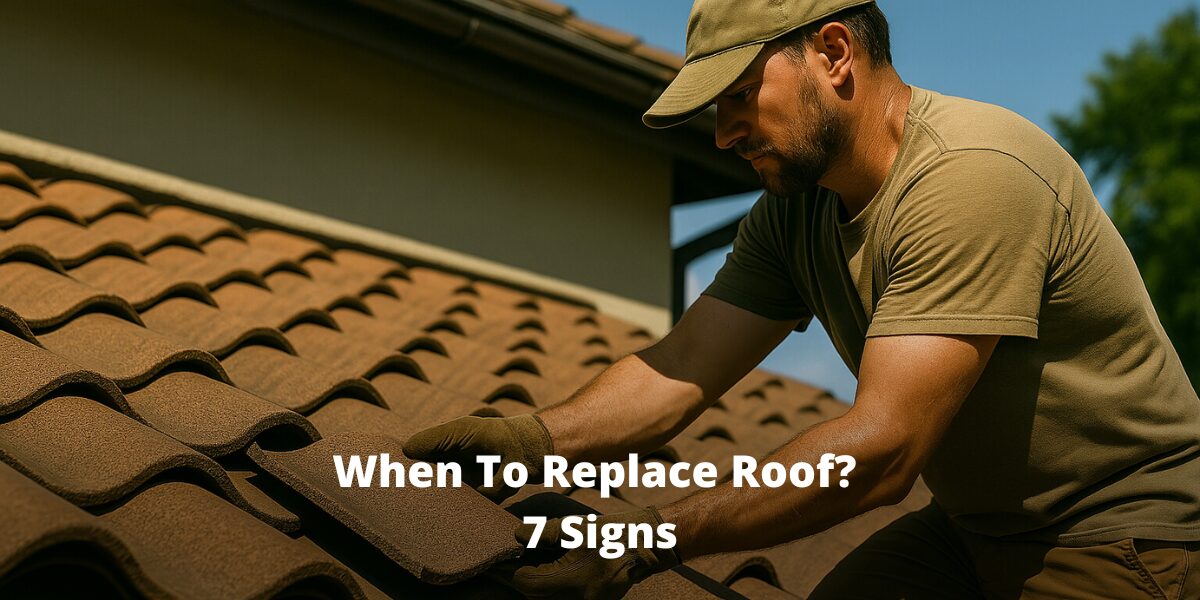You don’t have to be a roofing expert to know when something’s off up top—but you do need to pay attention.
A few missing shingles might not seem like a big deal… until water’s dripping onto your couch.
Roofs don’t last forever, and waiting too long can cost you. These 7 signs are your early warning system before things go sideways.
Key Notes
- Most asphalt roofs last 20-25 years; metal and tile can exceed 50 years with maintenance.
- Curling shingles and granules in gutters indicate your roof is degrading quickly.
- Repair isolated damage; replace if repairs would cost over 50% of a new roof.
1. Roof Age
If your roof is pushing 20-30 years, it’s safe to say it’s living on borrowed time.
The average asphalt shingle roof lasts about 25 years with proper maintenance. Metal, slate, and tile roofs hold up longer but are not invincible. Metal roofs can last 40-70 years, while tile roofs often exceed 50 years if properly maintained.
Check your home records. If your roof is hitting retirement age, get it inspected by a professional company, as waiting too long means bigger problems down the road.
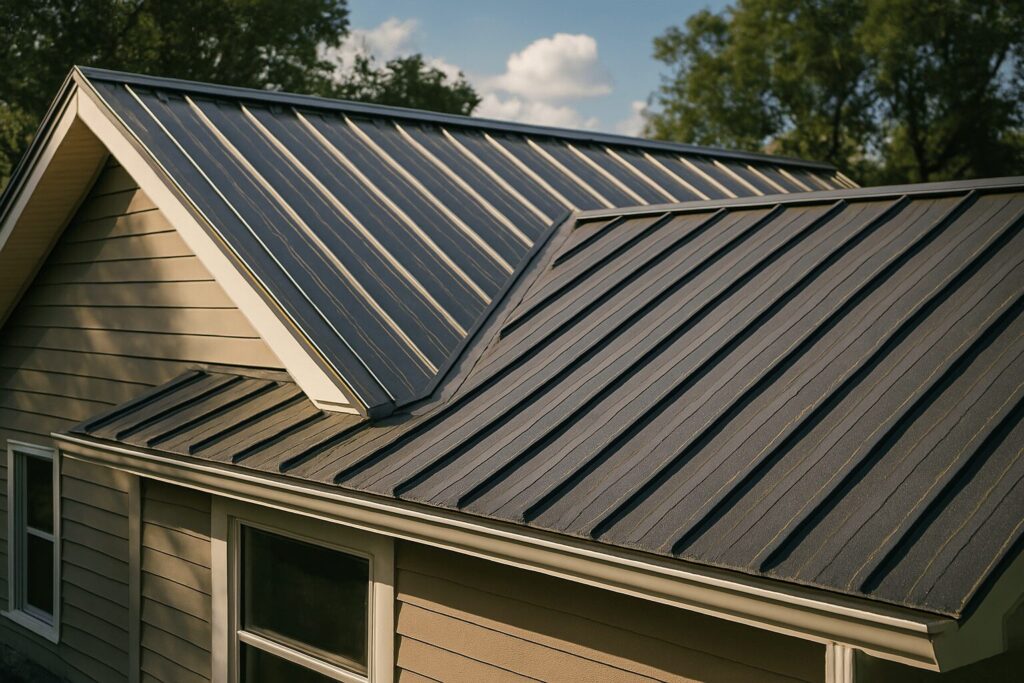
2. Curling or Buckling Shingles
Your roof shingles should lie flat. If they’re curling at the edges or buckling in the middle, they’re telling you they’re past their prime.
Heat, moisture, and age cause this problem, and once shingles lose their shape, they lose their ability to protect your home.

3. Missing or Damaged Shingles
Shingles are like armor for your roof. If pieces are missing, water, wind, and pests have an open invitation inside. One or two missing shingles might not seem like a big deal, but once gaps form, damage spreads fast.
Look for broken, cracked, or completely gone shingles. If you see multiple problem areas, it’s time to think about a replacement.

4. Granules Accumulating in Gutters
Asphalt shingles have a rough, grainy texture. Those tiny granules protect your roof from UV rays and harsh weather.
But when they start shedding into your gutters, it’s a sign your shingles are breaking down. Check your gutters after a heavy storm – if you see a pile of granules, your roof is wearing out.

5. Sagging Roof Deck
A sagging roof is serious business. It usually means trapped moisture and rotting boards underneath.
Step back and look at your roofline – if you notice dips or uneven areas, don’t wait. This isn’t a repair job. A sagging roof means structural damage, and you need a professional to assess it ASAP.
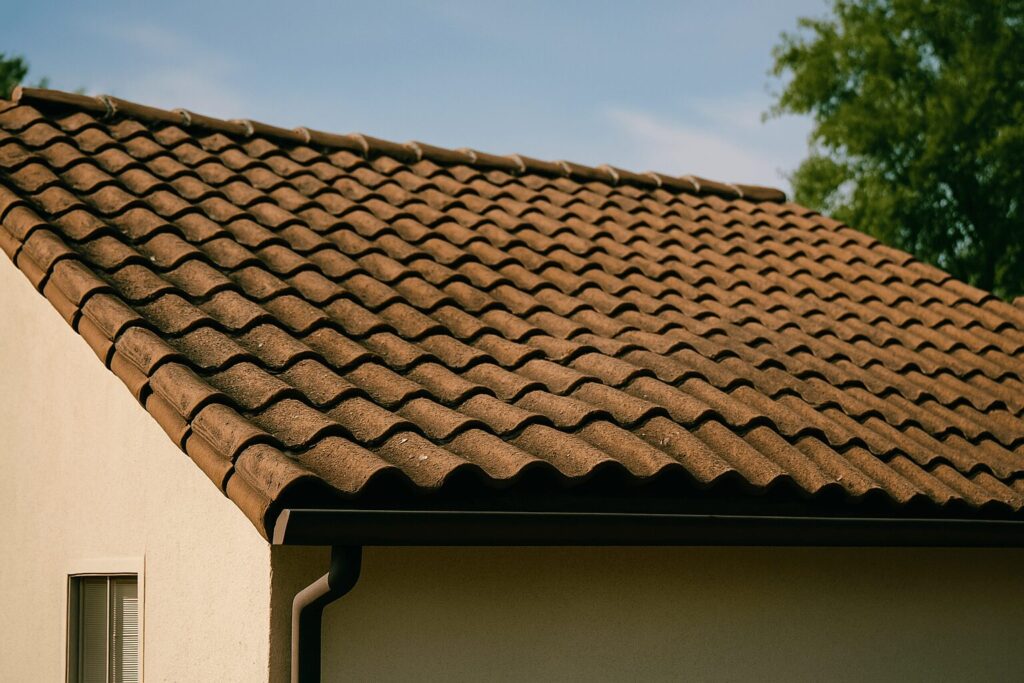
6. Moss and Algae Growth
A little green on your roof might look harmless, but moss and algae trap moisture. Over time, that moisture eats away at shingles, causing them to weaken and deteriorate.
If you spot excessive growth, especially in shaded areas, clean it off and check for underlying damage.
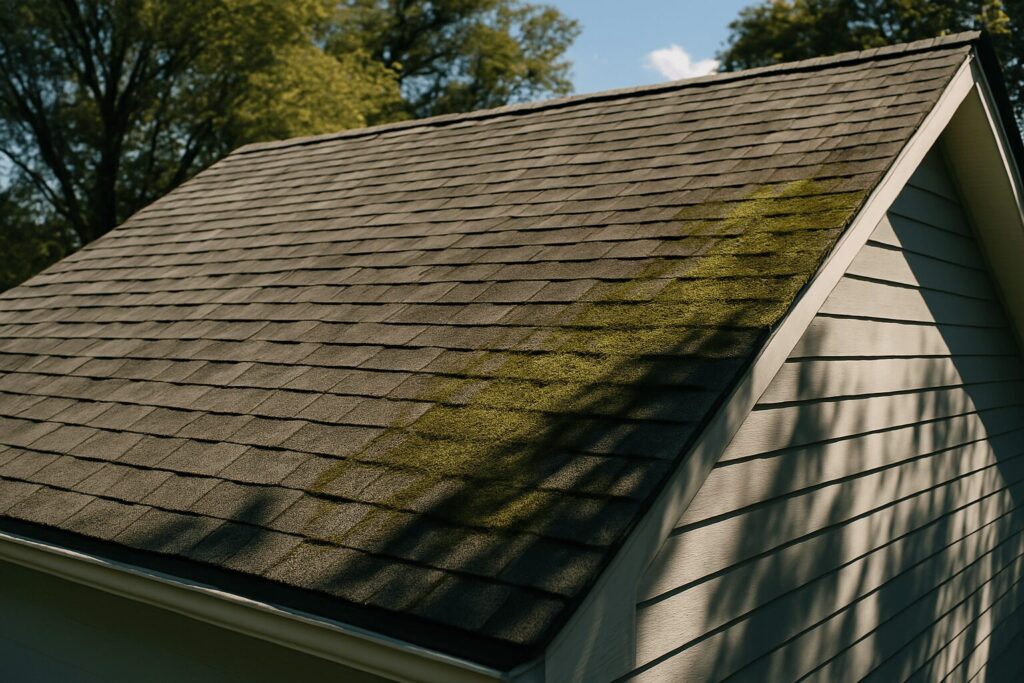
7. Visible Light Through Roof Boards
Take a trip to your attic. If you see daylight peeking through the roof boards, you’ve got gaps. And where light gets in, so does water.
Small holes might be fixable, but widespread light leaks mean it’s time for a new roof.
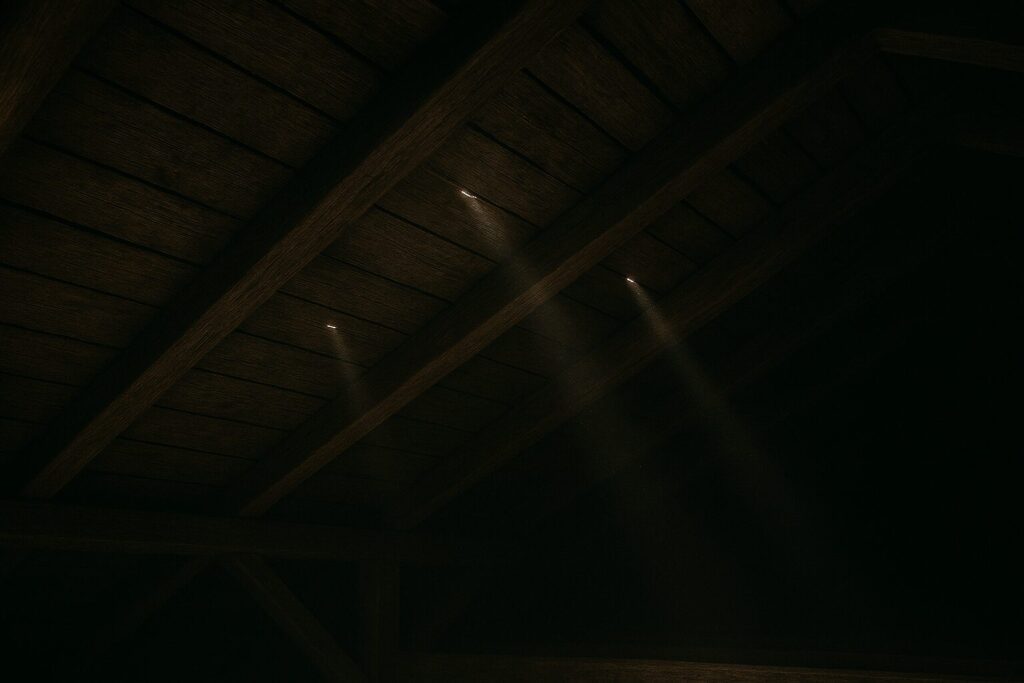
Roof Repair vs. Replacement: How To Decide?
Not every issue means you need a full roof replacement. Here’s a quick way to decide:
|
If the cost of repairs is more than 50% of the cost of a new roof, replacement is usually the smarter choice. A professional inspection helps if you’re unsure. Roofing experts can assess whether a repair will hold or if it’s time to replace everything.
How To Extend Your Roof’s Lifespan?
|
Frequently Asked Questions
How often should a house have a new roof?
It depends on the material. Asphalt shingles last 20-30 years, while metal, slate, and tile roofs can last 40-100 years. If your roof is older than its expected lifespan, start planning for a replacement.
Should I replace my roof if it’s not leaking?
Yes, if it’s showing multiple warning signs. Waiting for leaks means waiting for water damage, mold, and bigger repair costs. A proactive replacement saves money in the long run.
What time of year is best to replace a roof?
Fall is an ideal time of year to replace your roof. It’s cooler than summer, and you avoid the unpredictable weather of spring and winter. Roofers are busiest in late summer and early fall, so schedule early.
Conclusion
Roofs don’t just fail overnight—they give you signs. Curled shingles, sagging spots, granules in the gutter… they all point to one thing: it’s time to act.
What many people miss is that waiting for a leak isn’t being cautious—it’s being late. A worn-out roof isn’t just a risk to your ceiling; it’s a risk to your foundation, your wiring, even your insurance coverage.
Whether you need a quick repair or a full replacement, we’re here to take a look and walk you through the best next step. Reach out today for a free quote—no pressure, no obligations.

